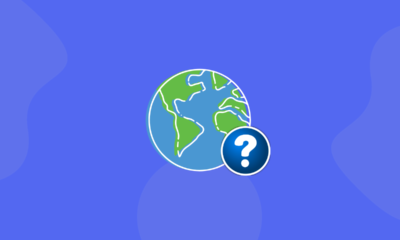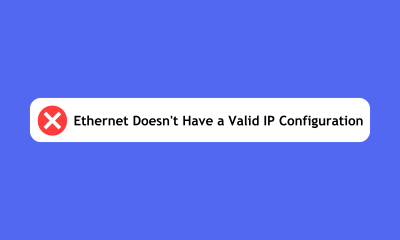If you’ve ever heard of proxies, you may have wondered how they work. Proxies are a popular tool used for a variety of purposes, including accessing restricted content, improving online privacy, and conducting web scraping activities. In this article, we’ll take a closer look at how proxies work and why they are so useful.
What is a Proxy?
A proxy is an intermediary server that sits between a client and a web server. When a user requests a web page, the request is sent to the proxy server first. The proxy server then forwards the request to the web server on behalf of the user. The web server responds to the proxy server, which in turn sends the response back to the user.
How do Proxies Work?
Proxies work by intercepting network traffic and forwarding it to the intended destination. When a user requests a website, the request is sent to the proxy server instead of the web server.
The proxy server then sends the request to the web server on behalf of the user. The web server responds to the proxy server, which in turn sends the response back to the user.
There are several different types of proxies, including HTTP proxies, SOCKS proxies, and SSL proxies. Each type of proxy works slightly differently, but the basic principle is the same: intercept network traffic and forward it to the intended destination.
Why are Proxies Useful?
Proxies are useful for a variety of purposes. Here are some of the most common use cases:
Accessing restricted content: Proxies can be used to access content that is restricted in certain regions or countries. For example, if you are traveling to a country where a particular website is blocked, you can use a proxy server to access the website.
Improving online privacy: Proxies can be used to improve online privacy by hiding your IP address and encrypting your internet traffic. This can be useful if you are concerned about being tracked online.
Conducting web scraping activities: Proxies can be used to conduct web scraping activities, which involve extracting data from websites. By using proxies, you can avoid being detected by the website and prevent your IP address from being banned.
What is The Difference Between Residential and DataCenter Proxies
Residential proxies and data center proxies are two types of proxies that differ in the way they obtain their IP addresses.
Residential proxies are IP addresses that are assigned to a homeowner by their internet service provider (ISP). When a user connects to the internet through a residential proxy, the IP address appears to be associated with a legitimate residential location. This makes residential proxies useful for accessing geo-restricted content and conducting web scraping activities without being detected.
Datacenter proxies, on the other hand, are IP addresses that are obtained from data center providers. These IP addresses are not associated with a physical location and are often used for high-speed data transfers and web crawling activities.
Datacenter proxies are typically cheaper and faster than residential proxies, but they are also more likely to be detected by websites and other online services.
In summary, the main difference between residential proxies and data center proxies is the way they obtain their IP addresses. Residential proxies use IP addresses assigned by ISPs and are associated with a physical location, while data center proxies use IP addresses obtained from data center providers and are not associated with a physical location.
The choice between residential and data center proxies depends on the specific use case and the level of anonymity and reliability required.
Conclusion
Proxies are intermediary servers that intercept network traffic and forward it to the intended destination. Proxies are useful for a variety of purposes, including accessing restricted content, improving online privacy, and conducting web scraping activities. If you’re interested in using proxies, be sure to choose a reliable provider and understand the potential risks and limitations.












